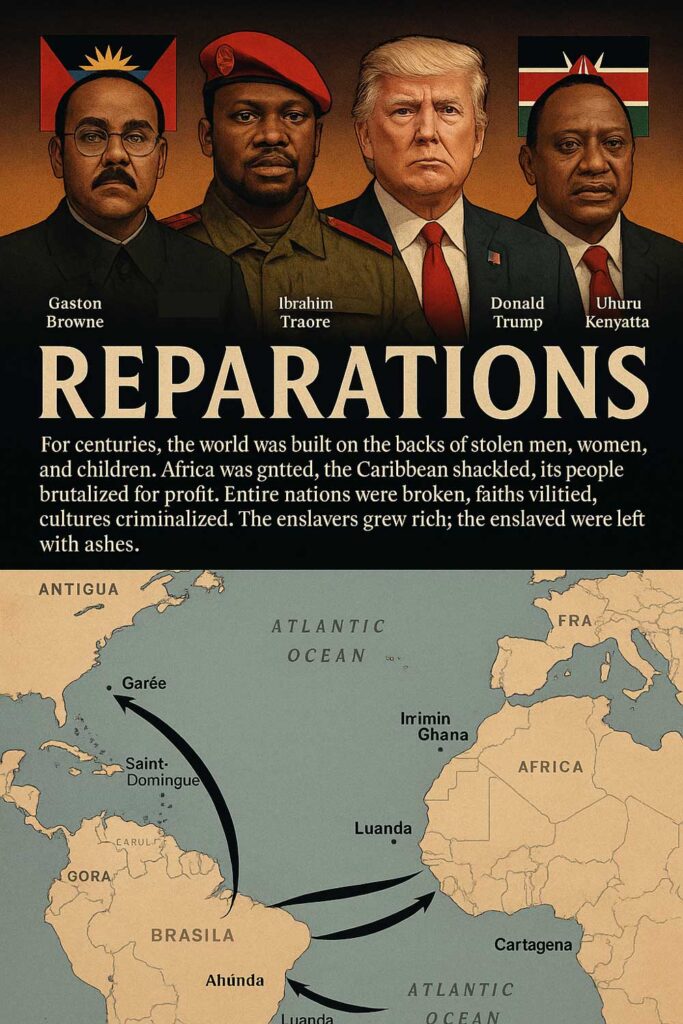The countdown to Election Day has intensified, as new Times/Siena polls reveal that Kamala Harris is narrowly leading in key states including Nevada, North Carolina, and Wisconsin, while Donald Trump holds an edge in Arizona. The competition is neck-and-neck in Michigan, Georgia, and Pennsylvania, with all results hovering within the margin of sampling error, leaving no candidate with a clear advantage.
Traditionally, final pre-election polls tend to indicate a distinct front-runner, but this election defies that pattern, according to Nate Cohn, The New York Times' chief political analyst. Polling results have remained largely stable since the last round of battleground surveys, yet the disparity between Northern and Sun Belt battlegrounds has significantly decreased, showing Harris performing better among young, Black, and Hispanic voters. Meanwhile, Trump has solidified support among his primary demographic of white voters without college degrees.
A noteworthy gender gap is also evident, with Trump leading men by 16 percentage points across battleground states, while Harris enjoys a similar advantage among women. This election marks the first time abortion has emerged as the most critical issue influencing female voters' decisions.
In a recent Q&A, national reporter Campbell Robertson explained why Pennsylvania acts as a swing state. It features two prominent Democratic strongholds—Philadelphia and Pittsburgh—encircled by arrayed suburbs. However, nearly half of the state's populace resides outside these metropolitan areas, mainly in smaller cities and rural regions. Historically home to thriving steel mills and factories, these areas contributed to a solid Democratic base, yet have shifted rightward over time. Increasing numbers of college-educated residents and nonwhite voters are altering the landscape, but a predominant share remains white voters without college degrees, who are seen as Trump's most steadfast constituency.





















